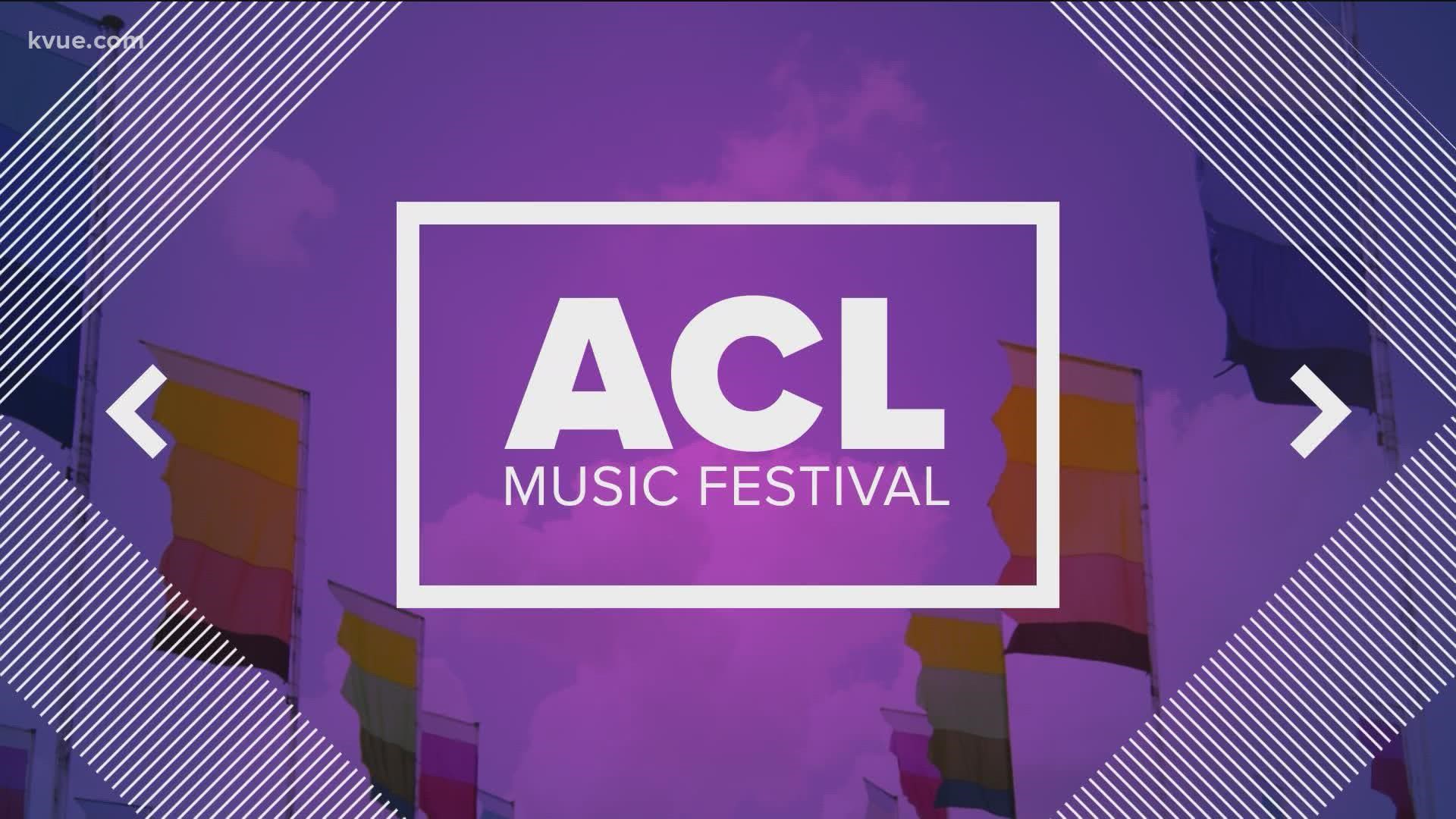

Enghien-les-Bains Data City Exhibition 2017.

The exhibition featured works from several other UNESCO Media Arts Cities and was held in conjunction with the 2017 Gwangju Cultural Foundation Meeting, which City staff attended. Vurv Collective (Kevin Reilly) represented Austin in December 2017 with the piece Flow Factory in Gwangju, South Korea.Gwangju Cultural Foundation Artist Exchange Exhibition 2017.Jacob Villanueva, a local artist working in digital media and interactive technology, represented Austin at the 2018 Changsha Media Arts Festival in China.In this regard, UNESCO’s Creative Cities Network offers unparalleled opportunities for cities to draw on peer learning processes and collaborative projects in order to fully capitalize on their creative assets and use this as a basis for building sustainable, inclusive and balanced development in economic, cultural, environmental and social terms. Cooperation and the sharing of experience and knowledge is crucial for making creativity a lever for urban development and conceiving of new solutions to tackle common challenges. A few recent examples include:Ī key component of the UNESCO Creative Cities Network is international cultural exchange. We do this through City-funded media arts exhibitions, commissions, partnerships, special projects, panels, and temporary public art. With our UNESCO Media Arts designation, we hope to strengthen international relationships, connect media artists with innovative companies, bolster the economic stability of the local arts ecosystem, encourage cross-sector creative output, and elevate Austin’s creative community globally. The city is recognized for its innovation and leadership in industries including music, film, gaming, and multidisciplinary digital experiences, and festivals such as South by Southwest (SXSW), Austin City Limits and the Fusebox Festival have made Austin a premiere cultural destination.Īs a member of the UNESCO Creative Cities Network (UCCN), Austin works individually and in partnership with other UNESCO cities to promote creativity and cultural industries, strengthen participation in cultural life, and assure the integration of culture into urban development plans. The designation underscores Austin’s reputation as a trendsetting global city at the intersection of art, music, and digital technology, and an international hub for creative exchange.įrom individual artists to wide-ranging arts organizations, Austin has a rich and diverse cultural ecosystem. In 2015, Austin achieved the distinction of being the first (and only) city in the United States to receive a “City of Media Arts” designation from UNESCO (United Nations Educational, Scientific, and CulturalOrganization).


 0 kommentar(er)
0 kommentar(er)
